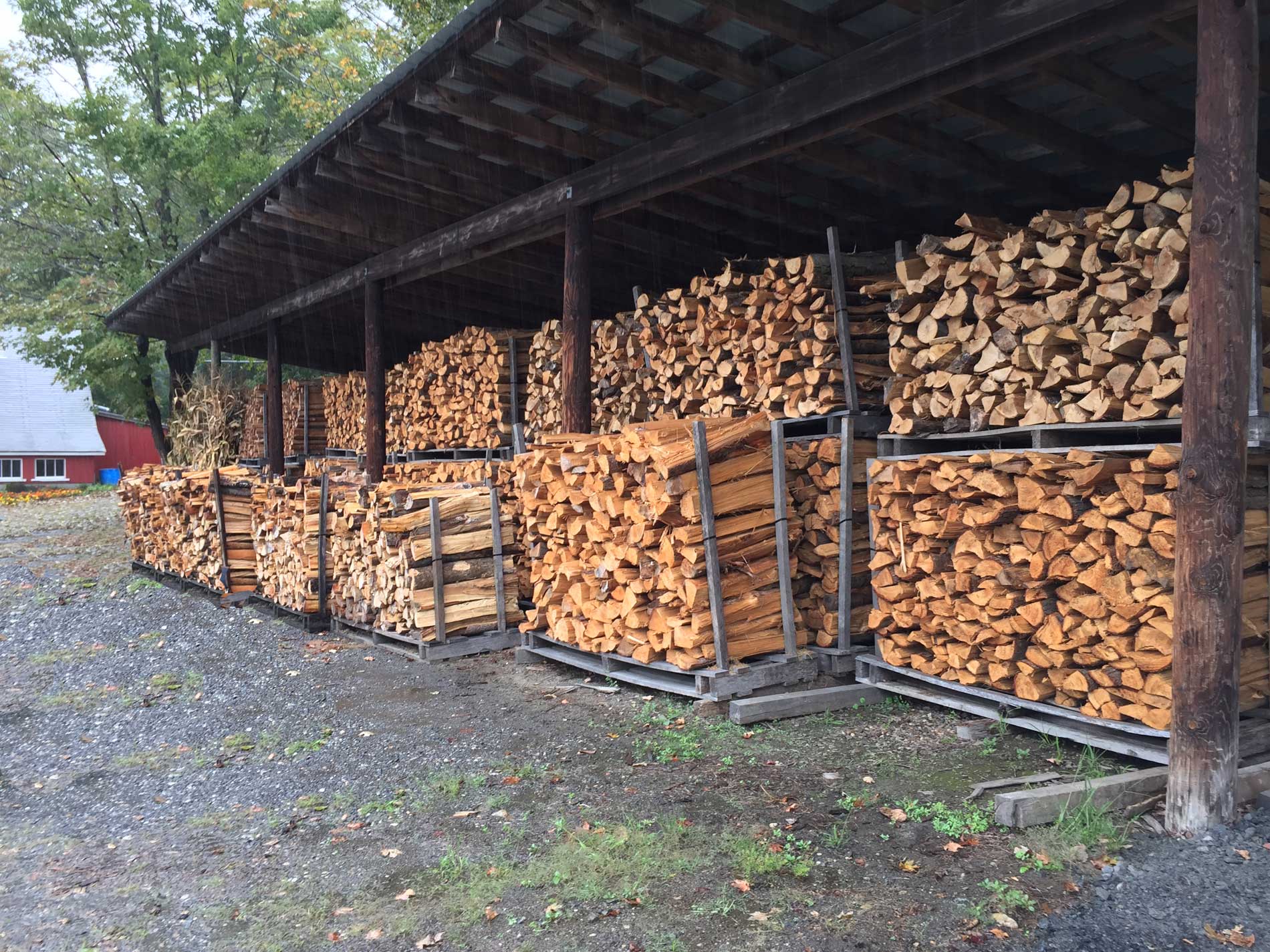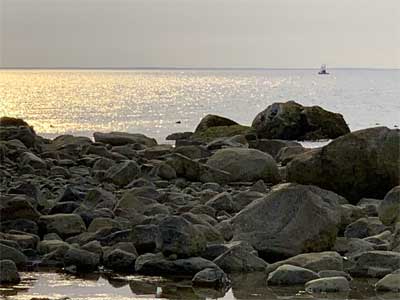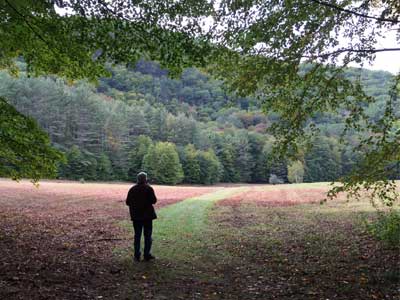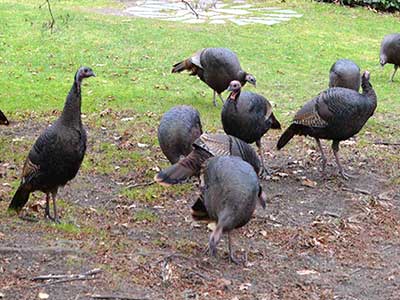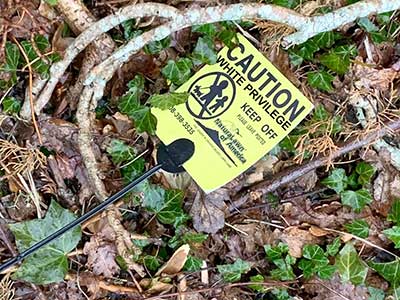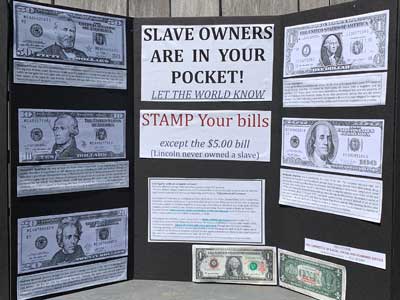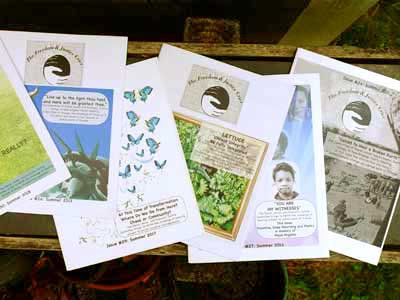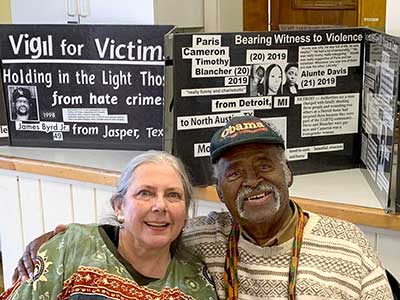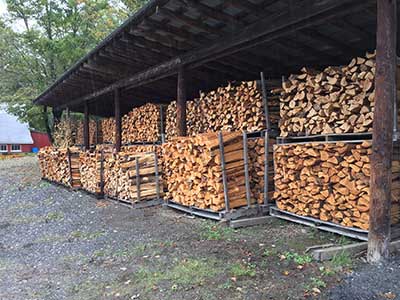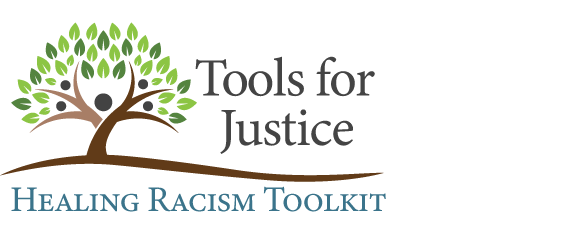by Anne Marie Helmenstine, Ph.D. | Updated January 2020
Black scientists, engineers, and inventors have made important contributions to the science of chemistry. Learn about black chemists and chemical engineers and their projects in the 19th and 21st centuries.
TAGS: [Collective Action] [2020’s] [Teachers] [History]
by Jerome Karabel | September 2019
Given the magnitude of the Elaine Massacre, its absence from standard narratives in American history is striking. In America’s bloody history of racial violence, the little-known Elaine Massacre in Phillips County, Arkansas, which took place in October 1919, may rank as the deadliest. The reasons why the event has remained shrouded and obscure, despite a shocking toll of bloodshed inflicted on the African-American inhabitants of Phillips County, speak to a legacy of white supremacy in the US and ruthless suppression of labor activism that disfigures American society to this day.
TAGS: [Racial Terrorism] [2010’s] [White Supremacy] [History] [White Culture] [Systemic Racism] [Systemic Racism] [Policing] [Police Shootings] [Silencing POC] [Economics] [Employment]
by Cedrick-Michael Simmons | June 2020
DiAngelo views racism as a problem to be combated with sensitivity training. The premise of diversity and cultural competency training is that by educating European-Americans on the persistence and consequences of racism, they can be transformed into non-racist (or, ideally, anti-racist) individuals. But diversity training has been shown to be a largely ineffective way to address racism in American workplaces. These lectures and workshops do little—if anything—in the way of addressing the structural tensions that workers must navigate on a daily basis.
TAGS: [Strategies] [2020’s] [White Fragility/Tears] [Anti-Racism] [Accountability] [Art & Culture] [Black Lives Matter] [Denial] [Myths] [Assumptions] [Systemic Racism]
*Paywall Alert
by Anastasia Kārkliņa | June 2020
For weeks, white liberal Americans have been praising White Fragility, treating it as a must-read manual for white people, forming online discussion groups, and joining book clubs all across the country. What is troubling about the current white liberal obsession with DiAngelo is how digital conversations that glorify her most recent work rarely consider writings on whiteness and white people by Black American authors, at least not with the same sense of urgency and importance. If DiAngelo’s readership is earnestly committed to decoding whiteness, we must ask a glaringly obvious question: why are white liberal Americans so quickly inclined to praise and venerate a white expert on race but generally don’t extend the same attention to what Black writers, intellectuals, and political leaders have have had to say about whiteness and white people for decades?
TAGS: [Strategies] [2020’s] [White Fragility/Tears] [Black Lives Matter] [Anti-Racism] [Art & Culture] [Denial]
by Central Park Conservancy | January 2018
Before Central Park was created, the landscape along what is now the Park’s perimeter from West 82nd to West 89th Street was the site of Seneca Village, a community of predominantly African-Americans, many of whom owned property. By 1855, the village consisted of approximately 225 residents, made up of roughly two-thirds African-Americans, one-third Irish immigrants, and a small number of individuals of German descent. One of few African-American enclaves at the time, Seneca Village allowed residents to live away from the more built-up sections of downtown Manhattan and escape the unhealthy conditions and racism they faced there.
TAGS: [Assumptions] [2010’s] [History] [Housing]
by Whitney Pirtle | July 2020
Black women live at the intersection of multiple systems of oppression: structural racism, structural sexism, and capitalism, which constrain the opportunity to live freely and fully. Thus, Kimberlé Crenshaw argued that “any analysis that does not take intersectionality into account cannot sufficiently address the particular manner in which Black women are subordinated.” Intersectional analysis should be employed as a unifying public health framework, especially as related to the pandemic and police brutality.
TAGS: [Collective Action] [2020’s] [Systemic Racism] [Policing] [Silencing POC] [Accountability] [Employment]

